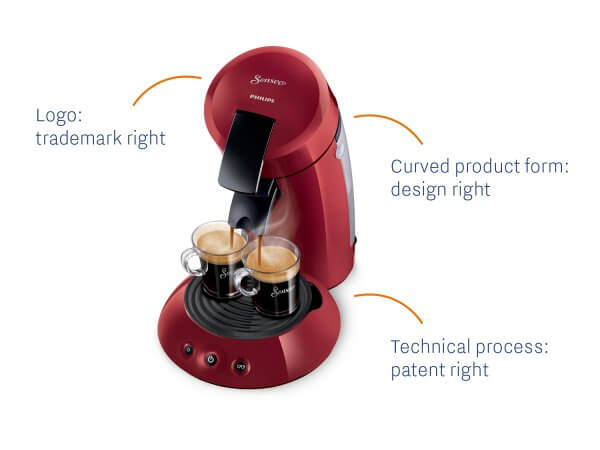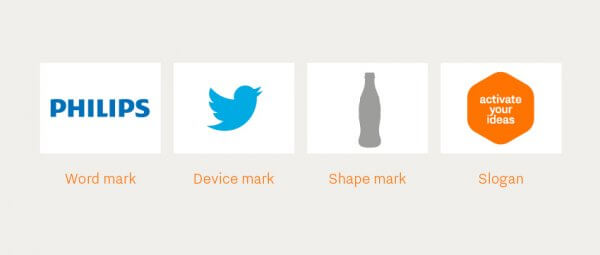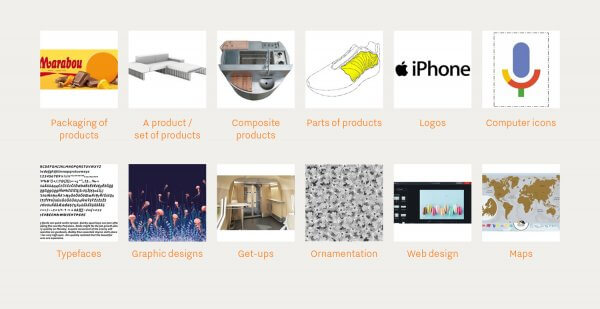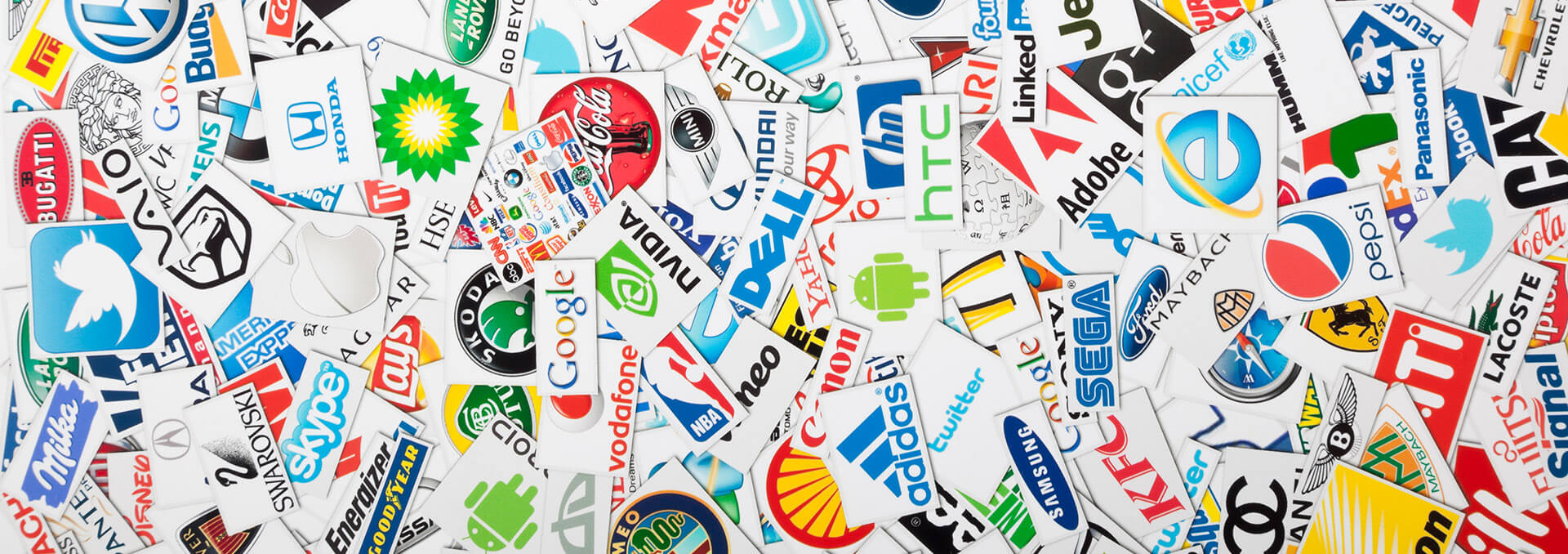Entrepreneurs who invest time, money and energy in their work naturally want to retain control over it. By registering your trademark, you can monitor quality, combat competition and tackle unauthorized copying. But what is involved in registering a trademark? What types of trademark registration exist? What does the process look like and what are the costs of registering your trademark? This page will tell you the ins and outs of registering your trademark or design.
Table of contents
- Types of intellectual property rights
- Objectives of registering trademarks and designs
- Types of trademark registration
- Requirements for trademark registration
- Trademark registration or design protection?
- Requirements for design protection
- Classification of trademarks
- Objection
- Process and costs of trademark registration
- Duration of protection and obligation of use
- Client case: how Hello Kitty combats counterfeit products
- FAQs
Types of intellectual property rights
There are various types of intellectual property rights (IP). The patent right protects the technical process or product of an invention for up to 20 years. It is an exclusive right: (without your permission) others are not allowed to manufacture, use, sell, rent, or supply your invention.
The trademark right protects trademarks registered in the trademark register. You can register various types of trademarks, such as a word or device mark, dimensional mark but also sounds and even fragrances can be a mark.
The design right can be used to protect the physical appearance (such as patterns and 3D shapes) of new and unique designs and products. Within the EU, it is possible to register the design up to 12 months after the first disclosure of the design.

Objectives of registering trademarks and designs
In the Benelux, as well as in most European countries, a trademark is only protected once it is registered. Registration gives you a monopoly on your name or logo, for example. This means you can stop other competitors from using it and you can tackle unauthorized copies. If someone else uses the same name or form, or one that looks very similar, you can take action based on your trademark or design right. You can also sell or license this right which creates instant value. Finally, using the “R” for registered or the “RD” (registered design) symbol is often seen as a sign of professionalism.
Types of trademark registration
A trademark is the link between an innovation and commerce, it distinguishes your product from that of other market players. There are various types of trademarks: a word mark, device mark and shape trademark, but a fragrance, color or sound can also be trademarked. You can register all these trademarks. Take a look at the Benelux Trademark Register and/or the European Trademark Register.

Requirements for trademark registration
To be eligible for trademark registration, the trademark must be genuinely distinctive. You cannot claim a descriptive name for example. The products or services for which you are requesting the trademark are significant for assessing the distinctiveness. For example, Apple is distinctive within the class for software (class 9) but not within the class for dried and fresh fruit (classes 29 and 31). The official authorities
that register these trademarks carry out this evaluation, such as the Benelux Office for Intellectual Property. If this authority states that the trademark is distinctive enough and it meets all other form requirements, they will publish the trademark for opposition.
Trademark registration or design protection?
Design law protects the physical appearance of a product (object manufactured industrially or handcrafted). This includes lines, colors, shapes, and dimensions. You cannot protect functional and technical elements under design law. Parts which are not visible with normal use and certain replacement parts are also excluded from design protection. Below, you can find an overview of design forms you can protect:

Source: website EU IPO
Requirements for design protection
A design must be new and have a unique character to be eligible for protection. Something is considered new if there are no older designs in the public domain that are identical or only differ on minor details. Concerning unique character, the design must evoke a general impression, which does not create a feeling of déjà vu. The degree of freedom of the design also plays a role. With a car, for example, the technical features and legal regulations influence the freedom of the design.
Classification of trademarks
You can request a trademark for certain products and services. When registering a trademark, you must choose from 45 classes (classifications). The classes are divided into two categories: goods and services. Goods include, for example, chemical products and machines. Services include, for example, insurance or material treatments. The choice of products or services you want to request a trademark for determines how the registration process will proceed.
It is advisable to determine the classification with the help of a trademark attorney. This is because once your trademark has been filed you can no longer change the classification. You can find a handy tool to determine the right class on the EU IPO website.
Objection
A trademark owner or holder can lodge an opposition (objection) against the registration of a trademark application for a product or service that is similar to or complements the product or service for which they have registered their trademark. It is for this reason that the AJAX trademark can be claimed by a football club, cleaning detergent manufacturer and a fire extinguisher manufacturer; after all, these products and services are not comparable and do not
Process and costs of trademark registration
The registration process and costs for registering a trademark are highly dependent on the countries in which you want to register your trademark. The registration process for an EU trademark takes an average of four to six months and for a trademark registration in one class you pay about €620 for the Benelux and €1,650 at EU level. Do not forget that if you want to take action against an infringement of
your trademark, this also incurs costs. On the other hand, a well-established trademark can also generate money.
Duration of protection and obligation of use
In principle, a trademark registration is valid for 10 years and can be renewed indefinitely. To avoid the risk of a trademark being “revoked”, the trademark must be used within five years of registration. Some countries apply a shorter term and you must submit proof of use to the trademark office. The proof can consist of invoices including the trademark or marketing materials such as brochures. This obligation of use applies to every product and/or service and for the region in which the trademark is registered.
Client case: how Hello Kitty combats counterfeit products
Sanrio, the Japanese company behind Hello Kitty, licenses companies around the world to use the name and image of the girl with the pink bow around her ear. At the same time, the market is flooded with counterfeit products, says Noëlle Wolfs of V.O., which is Sanrio's representative for the brands in the Benelux. "In order to keep the brand license-worthy, it is necessary to act against counterfeits."
